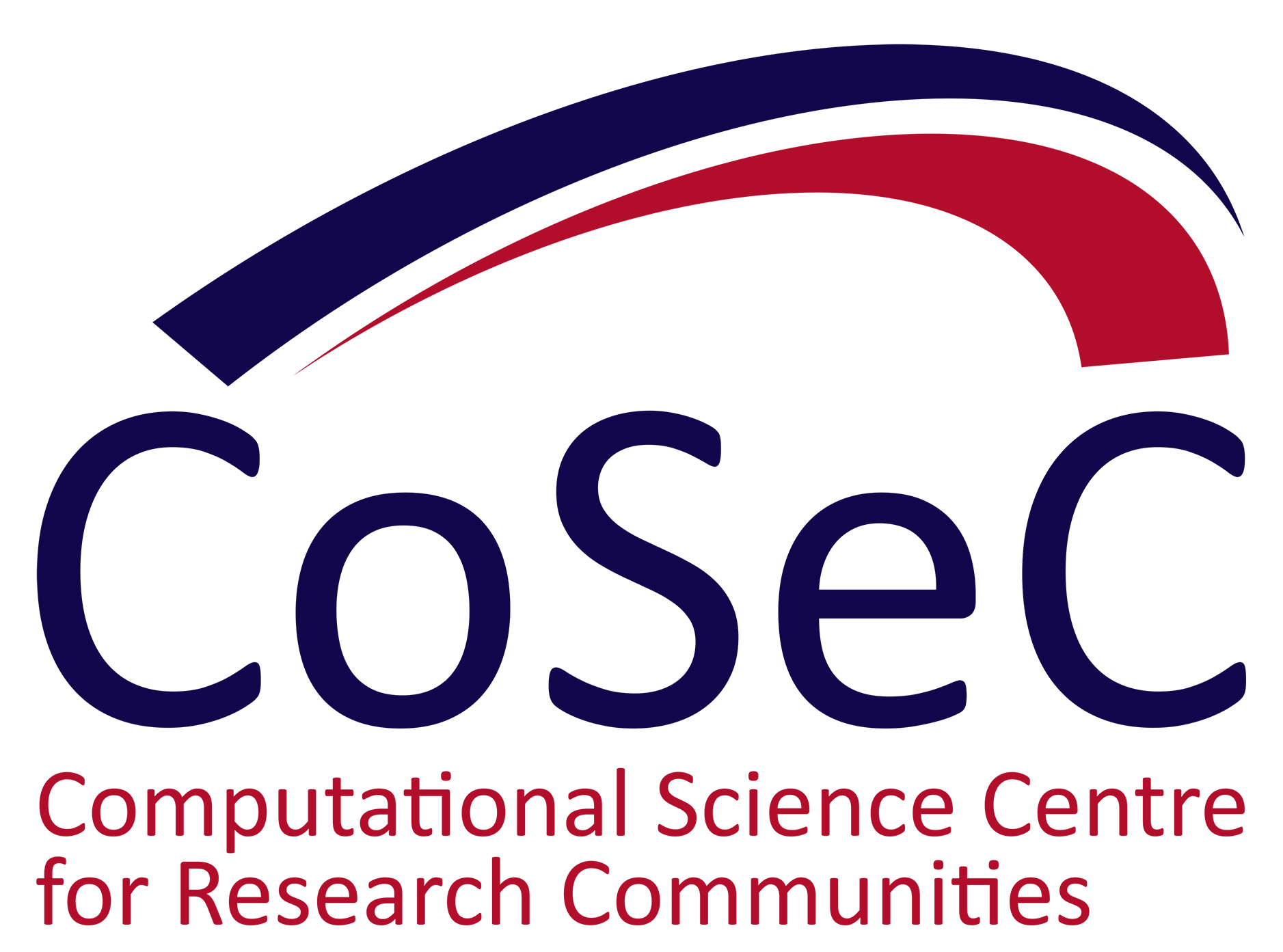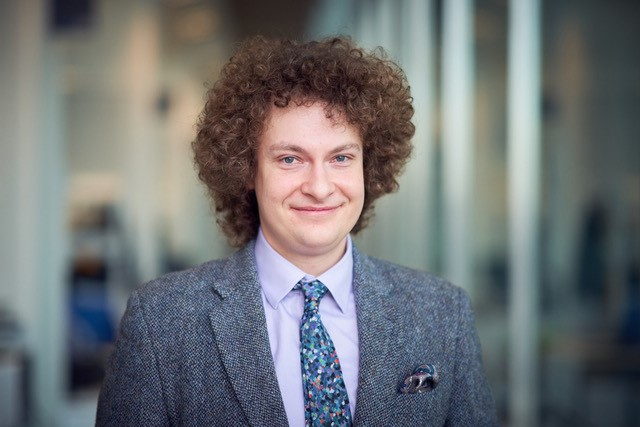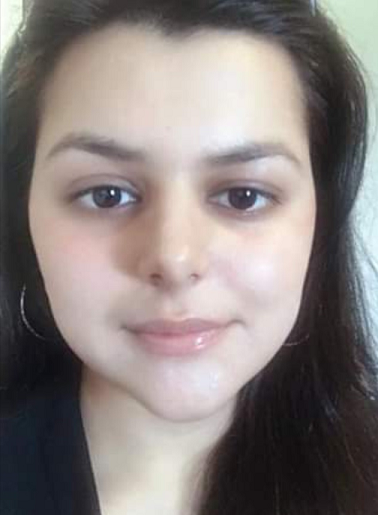
![]()
 At the time of being awarded the title of overall winner of the CoSeC Impact Award (2021) Ryan Warr
At the time of being awarded the title of overall winner of the CoSeC Impact Award (2021) Ryan Warr was a 3rd-year PhD student in the Henry Moseley X-ray
Imaging Facility at the University of Manchester. Ryan's research concerns the advancement of Spectral X-ray Computed Tomography imaging techniques, and his application described how his research, enabled through the Collaborative Computational Project for Tomographic Imaging (CCPi), aids the precise identification, visualisation and analysis of materials, enabling advanced imaging across fields including medical imaging, geology and security scanning. CoSeC_casestudy_RW_2021.pdf
CoSeC_casestudy_RW_2021.pdf

Dr. Antoni Wrobel, a postdoctoral Research Fellow in Steve Gamblin’s lab at The Francis Crick Institute, London,
won 2nd place for his work on SARS-CoV-2. Antoni's application described how his research into the
structure and function of the spike protein of the coronavirus responsible for
the COVID-19 pandemic, was enabled by being a part of the Macromolecular X-Ray Crystallographic and Electron Cryo-Microscopic CCPs (CCP4 and CCP-EM respectively).
Dr. Wrobel's work continues to contribute to increasing an understanding of the
origin of the pandemic and the importance of newly emerging variants, and their
potential impact on the human population.
 CoSeC_casestudy_AW_2021.pdf
CoSeC_casestudy_AW_2021.pdf
 Dr. Palak Wadhwa - formerly of the University of Leeds and Invicro
(London), won joint 3rd-place for her research contributions to medical imaging software. Palak’s application described how attending workshops and hackathons organised by the CCP in Synergistic Reconstruction for Biomedical Imaging (CCP SyneRBI) enabled her research to make a significant addition to medical imaging software, which contributes to the combination of two scanning methods, leading to a reduction in the dose of
radiation received from repeated scans. Ultimately, this could lead to an
increase in the early diagnosis of diseases in vulnerable patient groups
including pregnant women and babies.
Dr. Palak Wadhwa - formerly of the University of Leeds and Invicro
(London), won joint 3rd-place for her research contributions to medical imaging software. Palak’s application described how attending workshops and hackathons organised by the CCP in Synergistic Reconstruction for Biomedical Imaging (CCP SyneRBI) enabled her research to make a significant addition to medical imaging software, which contributes to the combination of two scanning methods, leading to a reduction in the dose of
radiation received from repeated scans. Ultimately, this could lead to an
increase in the early diagnosis of diseases in vulnerable patient groups
including pregnant women and babies.  CoSeC_casestudy_PW_2021.pdf
CoSeC_casestudy_PW_2021.pdf
 Angela
Harper, a 3rd year PhD student in the Physics
Department at the University of Cambridge, won joint 3rd-place for her work on bringing the computational expertise of
theoretical physicists using atomistic modelling methods and software developed
within the CCP in Electronic Structure (CCP9),
to not only experimental chemists, but to the wider community. This
accelerates both discovery and identification of industrially relevant and new
materials using computational methods, thereby reducing the costs, energy and
time involved in conducting large-scale experimental studies.
Angela
Harper, a 3rd year PhD student in the Physics
Department at the University of Cambridge, won joint 3rd-place for her work on bringing the computational expertise of
theoretical physicists using atomistic modelling methods and software developed
within the CCP in Electronic Structure (CCP9),
to not only experimental chemists, but to the wider community. This
accelerates both discovery and identification of industrially relevant and new
materials using computational methods, thereby reducing the costs, energy and
time involved in conducting large-scale experimental studies.  CoSeC_casestudy_AH_2021.pdf
CoSeC_casestudy_AH_2021.pdf
CCPi
CCP4
CCP-EM
CCP SyneRBI
CCP9
